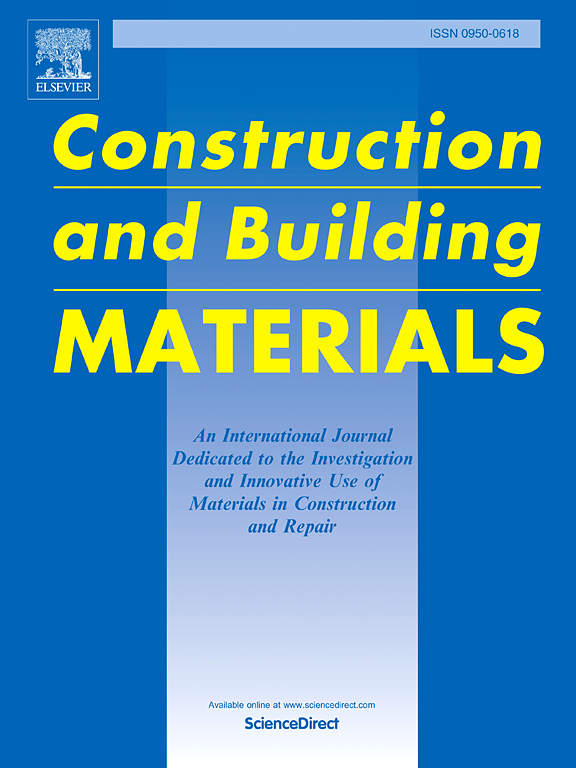Viscoelasticity stage evolution characteristics and multiphase microstructure of aged crumb rubber-modified asphalt
IF 7.4
1区 工程技术
Q1 CONSTRUCTION & BUILDING TECHNOLOGY
引用次数: 0
Abstract
Owing to the complex composition of the internal structures of aged crumb rubber-modified asphalt (CRMA), the current understanding of its aging properties and mechanism is lacking. Therefore, this study used the Christensen–Anderson–Marasteanu model, established the master curves of the complex moduli and phase angles of aged CRMA samples, and analyzed the evolution of their viscoelastic properties. Moreover, gel permeation chromatography and scanning electron microscopy were used to characterize the microscopic characteristics of the asphalt and crumb rubber modifier (CRM) phases of the CRMA samples. In aging, the evolution process of the complex modulus and phase angles of CRMAs demonstrated three stages in the low-frequency domain. With the degradation of the CRM, the plateau in the master curves of the phase angles gradually disappeared and the slopes of the Han curves gradually increased. The plateau of phase angle and slope of the Han curve were used as indices to evaluate the degradation of the CRM in the aged CRMA. The microscopic tests demonstrated that the further degradation effect of the CRM degradation products decreased the weight-average molecular weight of the aged CRMA. In addition, the degradation of the CRM probably affected the formation of asphaltene and reduced its content. The CRM of the unaged CRMA exhibited a fluffy structure similar to that of a sponge. As the aging time increased, the surface of the CRM tended to be smooth, the pore structure disappeared, and finally, the fluffy structural form of the CRM disappeared.
求助全文
约1分钟内获得全文
求助全文
来源期刊

Construction and Building Materials
工程技术-材料科学:综合
CiteScore
13.80
自引率
21.60%
发文量
3632
审稿时长
82 days
期刊介绍:
Construction and Building Materials offers an international platform for sharing innovative and original research and development in the realm of construction and building materials, along with their practical applications in new projects and repair practices. The journal publishes a diverse array of pioneering research and application papers, detailing laboratory investigations and, to a limited extent, numerical analyses or reports on full-scale projects. Multi-part papers are discouraged.
Additionally, Construction and Building Materials features comprehensive case studies and insightful review articles that contribute to new insights in the field. Our focus is on papers related to construction materials, excluding those on structural engineering, geotechnics, and unbound highway layers. Covered materials and technologies encompass cement, concrete reinforcement, bricks and mortars, additives, corrosion technology, ceramics, timber, steel, polymers, glass fibers, recycled materials, bamboo, rammed earth, non-conventional building materials, bituminous materials, and applications in railway materials.
 求助内容:
求助内容: 应助结果提醒方式:
应助结果提醒方式:


